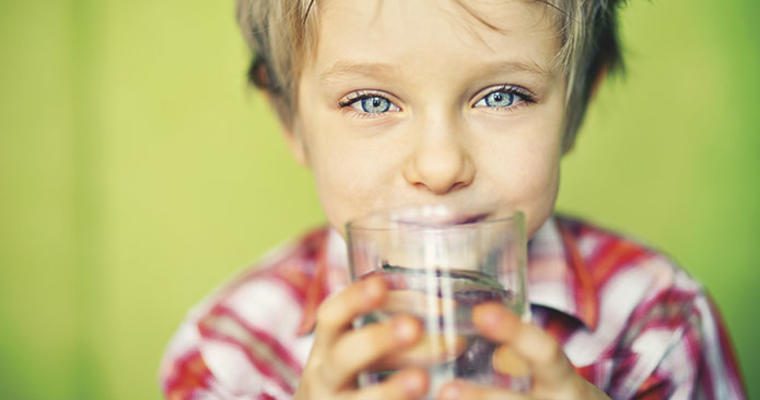Now that school is back in session, many students are going to join an athletic team—some for the first time. Whether they’re practicing on a field, swimming laps in a pool or training in a gym, keeping them hydrated is important, because their bodies can lose up to 1 quart of water per hour, putting them in danger of dehydration.
The dangers of dehydration
Dehydration occurs when the body uses or loses more fluid than it can take in, preventing normal body functions from being carried out. Fluid loss in excess of 2 percent of an athlete’s body weight is enough for them to become dehydrated, and can cause not only performance issues, but headaches, dizziness/lightheadedness, dry skin and more.
One myth about dehydration is that it only occurs when the weather is hot. In reality, it can also occur when temperatures are also low, so skiers and hockey players are just as vulnerable to dehydration as runners and football players. Even swimmers, immersed in water, can sweat and lose fluids, making them susceptible.
Hydrate right
Daily hydration needs vary based on age and gender, so you need to know how much water is right for your student athletes.* And they don’t have to just chug water. Fluid from other beverages (such as milk, juice and tea), plus foods containing water count as well.
Minimize the risks of dehydration
These conditions and traits can increase the fluid loss that leads to dehydration, so encourage a higher intake of fluids when one or more of them is present.
Air Temperature: The higher the temperature, the more your body sweats.
Intensity: The harder you work out, the more you sweat.
Body Size and Gender: Larger people sweat more. Men generally sweat more than women.
Duration: The longer the workout, the more fluid lost.
Fitness: Well-trained athletes sweat more than less fit people, because their bodies are more efficient at cooling off.
Quenching their thirst
Water is still the best choice for rehydrating, and it should be made readily available throughout each practice, workout and game. A good goal for your student athletes to aim for is to drink 1/2-2 cups of water for every 15-20 minutes of physical activity. It’s important to note that they just can’t pour it over their heads. While this may help them cool off, actually drinking water is the only way they can rehydrate their bodies.
For high intensity activities or events, i.e. those lasting an hour or longer, sports drinks are a good go-to, since they can replace lost electrolytes. Just be sure to chose the low-calorie, low-sugar versions. For students that can’t stand plain water or sports drinks, consider offering water infused with fresh berries, lemons and oranges, cucumbers or mint.
Your school can also serve fruits and vegetables with high water content during meals and snacks. Watermelon, cucumbers, carrots, and celery are all great options.
Post-activity, encourage your athletes to drink milk. Recent studies suggest that low-fat white and chocolate milk can aid in muscle recovery.
However you handle hydrating your sporty students, the important thing to remember is that the best offense is a good defense. That means educating your staff and students, so they can avoid the risks of dehydration, and remembering to drink up before, during, and after any physical activity.
Sources:











